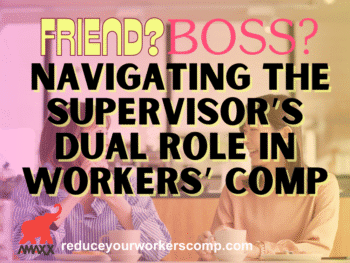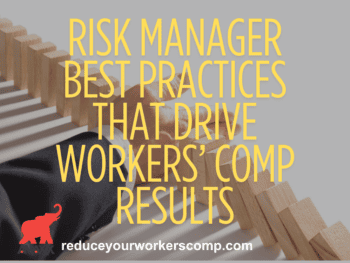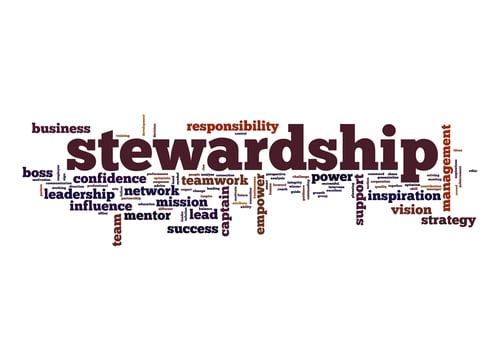
With statistics showing most employees are either not engaged or actively disengaged in their work, it means organizations need to take steps to improve their company cultures. Mastery and Belonging are two of the five building blocks of a positive corporate culture.
With statistics showing most employees are either not engaged or actively disengaged in their work, it means organizations need to take steps to improve their company cultures. Vulnerability and Purpose are the final two building blocks of a positive corporate culture in our 3 part series.
See additional articles in 3 part culture series:
- The 5 Building Blocks Of a Positive Corporate Culture: Part I
- The 5 Building Blocks Of a Positive Corporate Culture: Part II
- The 5 Building Blocks Of a Positive Corporate Culture: Part III
-
Mastery
Pride in doing something well is one of the highest factors that motivates human beings. The proof of this has been borne out by several studies, including one involving preschoolers in 1970.
Children who were found to spend much of their free time drawing were divided into three groups:
- Group one students were told they would receive a blue ribbon with their name on it if they continued to draw
- Group 2 students were not told in advance, but received an unexpected ribbon for continuing to draw
- Group 3 students were neither offered nor given any reward
The group that continued to draw the most every day was not the first group. The promise of a blue ribbon was not a good incentive for them. In fact, the frequency of their drawing decreased. The second and third group drew the most. The reason: their motivation to draw came from within, rather than externally.
The same is true for adults in companies. Those who are offered more compensation or other incentives often do worse than others because their own drive to accomplish whatever the goal is has been diminished. Building a winning corporate culture involves empowering people to do their best work because they want to.
The workers’ compensation system is often an enemy of a strong corporate culture. Rather than feeling empowered and in control, injured workers are typically forced to adhere to a multitude of rules and regulations and given little to no voice in their own situations. Organizations can change that attitude by including injured workers in discussions about their claims and medical care and helping them feel like they too are part of the solution.
One idea is to ask an injured worker what he believes he can do work-wise while he recovers. This takes some pressure off supervisors to find light duty work and helps the injured worker feel more motivated to do something he wants.
-
Belonging
All of us need a sense of belonging. Whether it is to a relationship or organization, we want to feel like we are part of something bigger. Companies with strong cultures know this and leverage many strategies to foster it.
The power of inclusion has been shown in Australian studies of patients treated for suicide attempts. Following their release from hospitals, some of the patients were sent a series of postcards expressing support.
The idea of the postcards was simply to increase social connectedness, to create a concrete expression that someone still cares about the patient. They included statements such as, “it’s been a short time since your visit and we hope things are going well for you. If you wish to drop us a note, we’d be happy to hear from you.”
The researchers found that the low-cost postcard intervention reduced the number of suicidal attempts per individual by nearly 50 percent, which they described as “clinically and statistically significant.”
Employees also respond well to gestures that show they are a part of the organization. Such actions let workers know they are noticed and valued by others in the company.
Employers don’t need to spend large amounts of money or other resources to foster a sense of belonging. What is key is the continuous reinforcement of these measures.
These can include:
- A get well card sent to an injured worker as soon as possible.
- A phone call or visit with the injured worker the day he is injured or the next day.
- Weekly contact with the injured worker, to discuss his situation and needs.
- A small bouquet of flowers sent weekly, rather than a large bouquet sent just one time.
- A small, $5 gift card for Starbucks.
Reinforcing the sense of belonging is vital — for all employees but especially for injured workers who are inherently feeling left out. One risk manager decided to increase the connectedness of injured workers by taking each of them out to lunch while they recovered. Out of 12 employees, 10 were back at work within two weeks.
Conclusion
Feeling like we are a part of something greater than ourselves is something all humans desire. When the work environment promotes this, employees are more engaged and motivated to be the very best they can be for their organizations. Using the 5 strategies to improve a company’s culture can go a long way to making this happen.

Author Michael Stack, CEO Amaxx LLC. He is an expert in workers’ compensation cost containment systems and helps employers reduce their workers’ comp costs by 20% to 50%. He works as a consultant to large and mid-market clients, is a co-author of Your Ultimate Guide To Mastering Workers Comp Costs, a comprehensive step-by-step manual of cost containment strategies based on hands-on field experience, and is founder & lead trainer of Amaxx Workers’ Comp Training Center .
Contact: mstack@reduceyourworkerscomp.com.
Workers’ Comp Roundup Blog: https://blog.reduceyourworkerscomp.com/
©2019 Amaxx LLC. All rights reserved under International Copyright Law.
Do not use this information without independent verification. All state laws vary. You should consult with your insurance broker, attorney, or qualified professional.

















